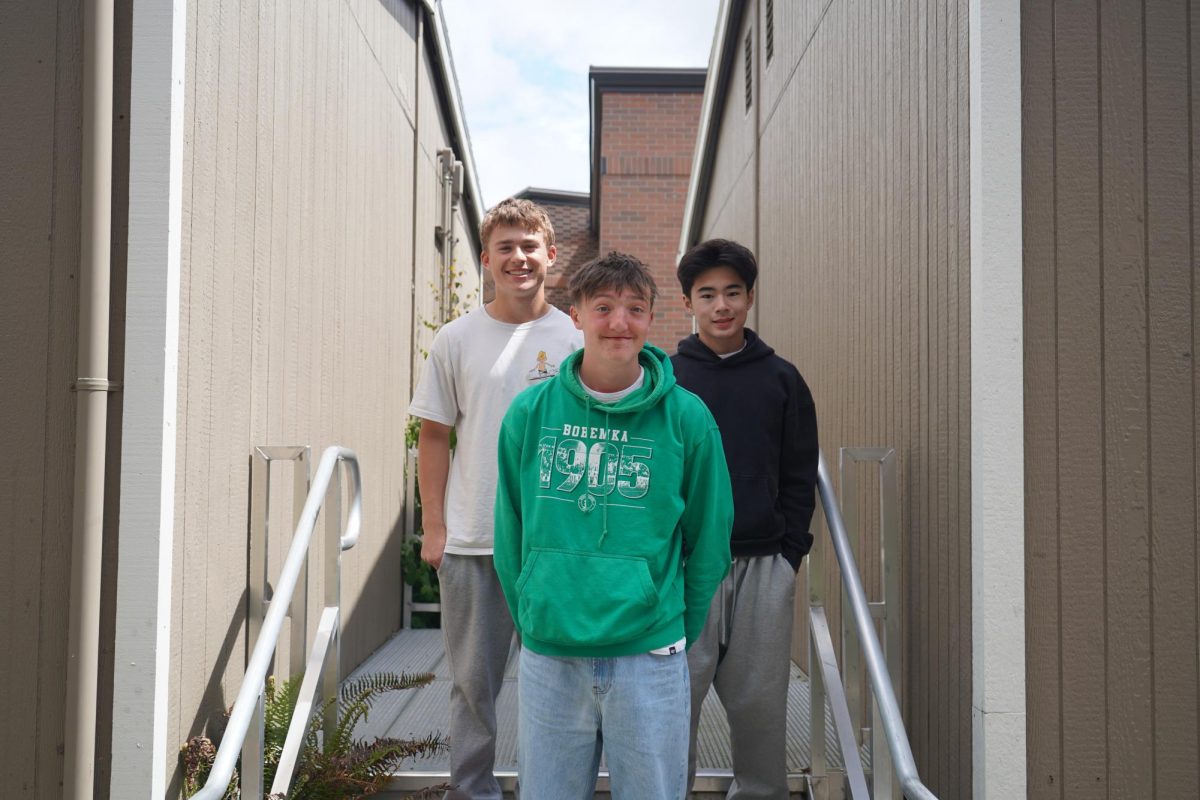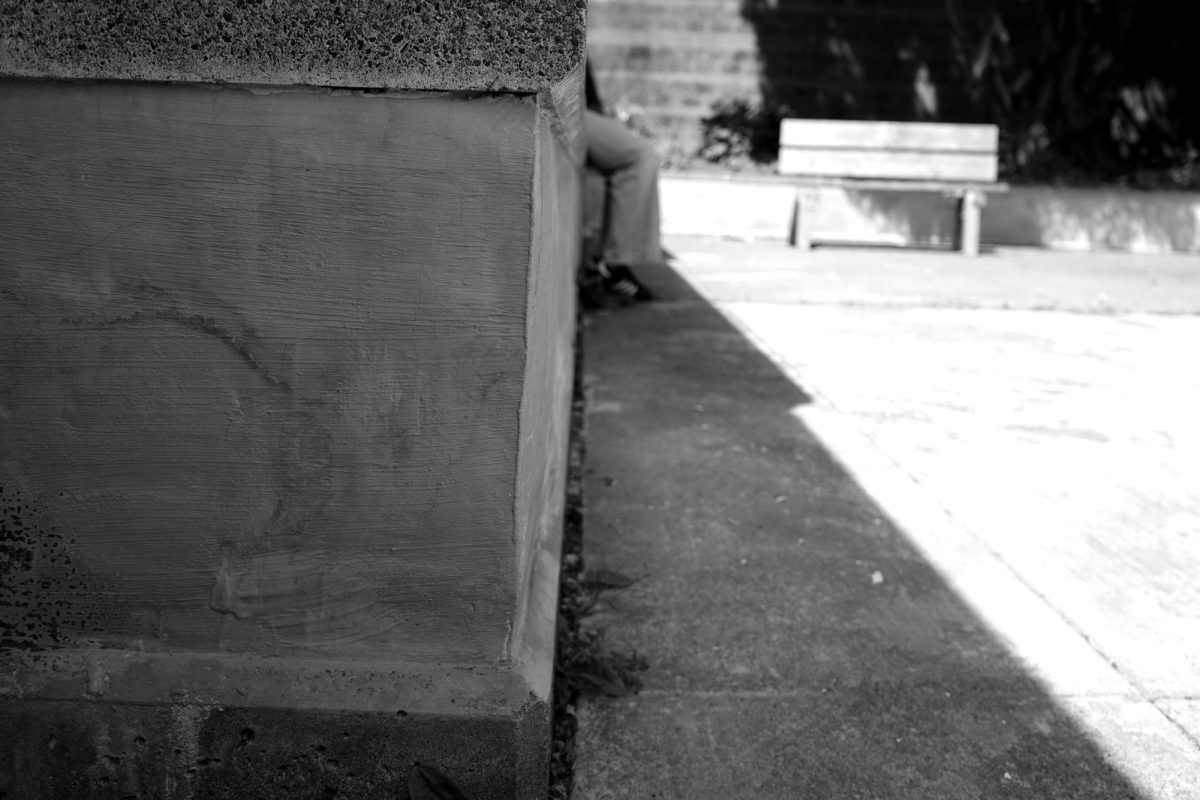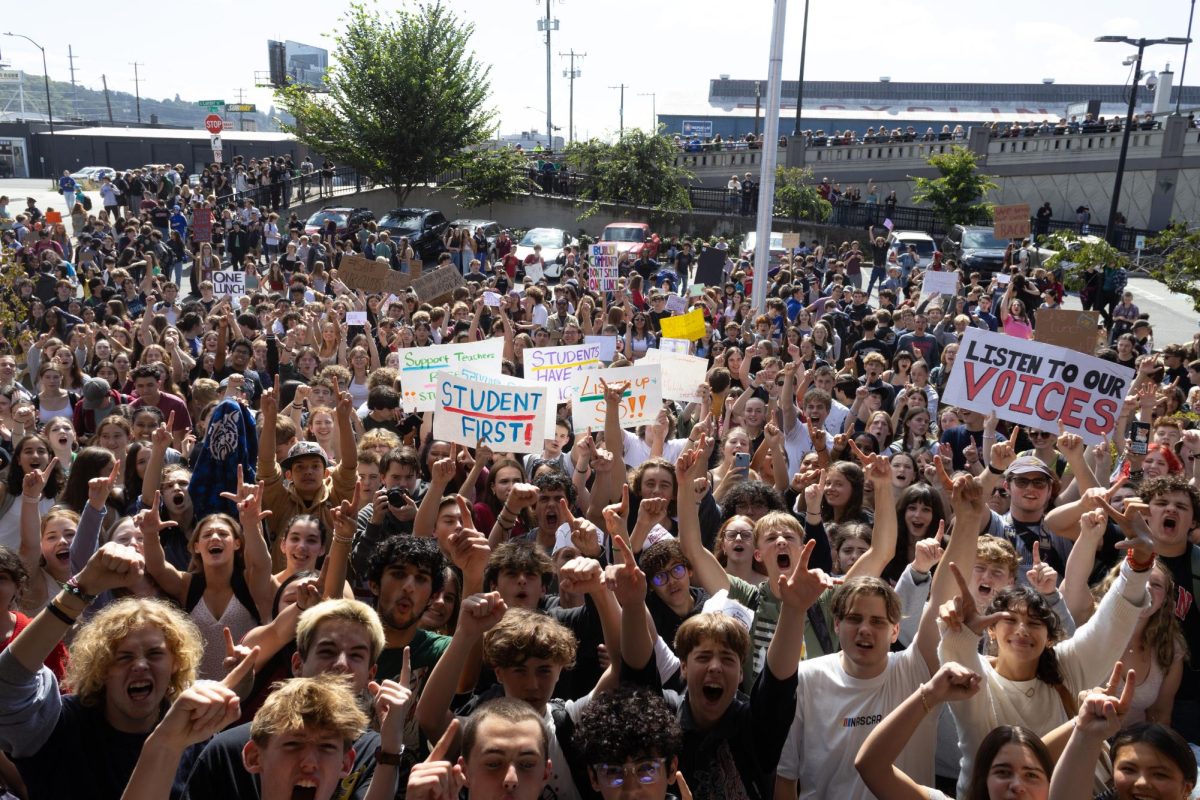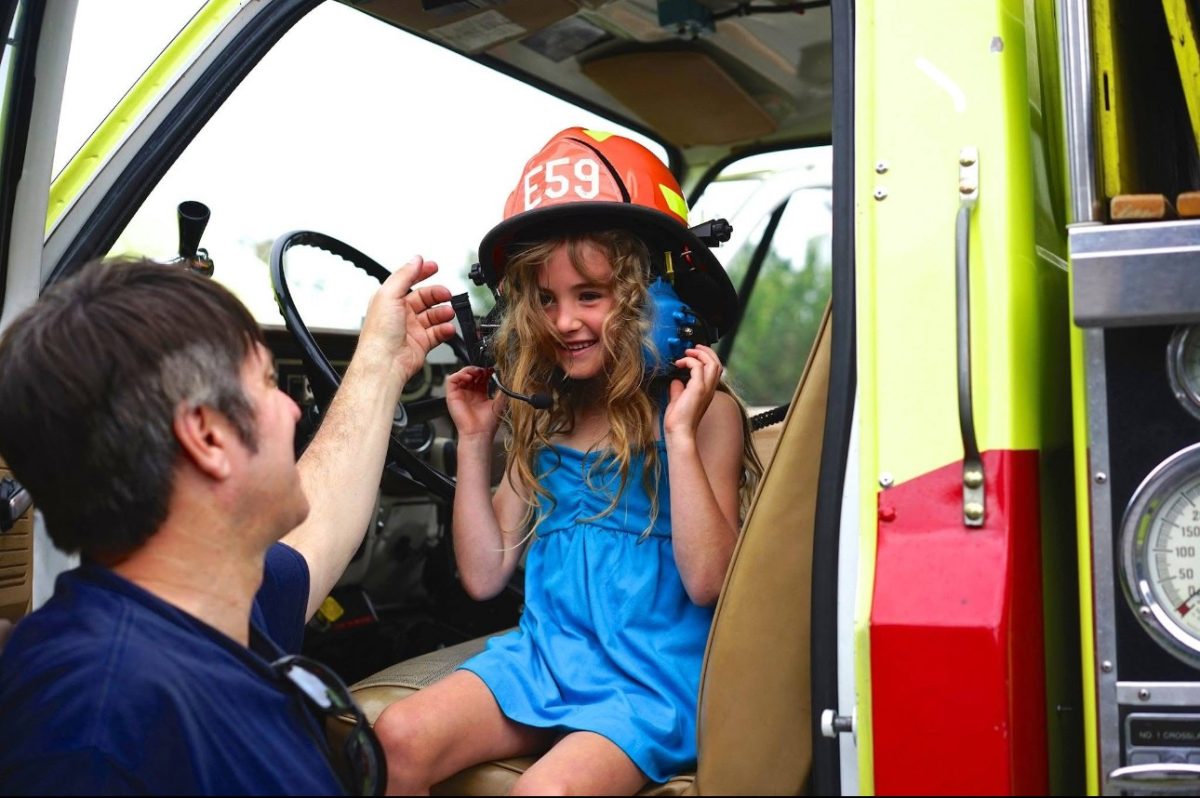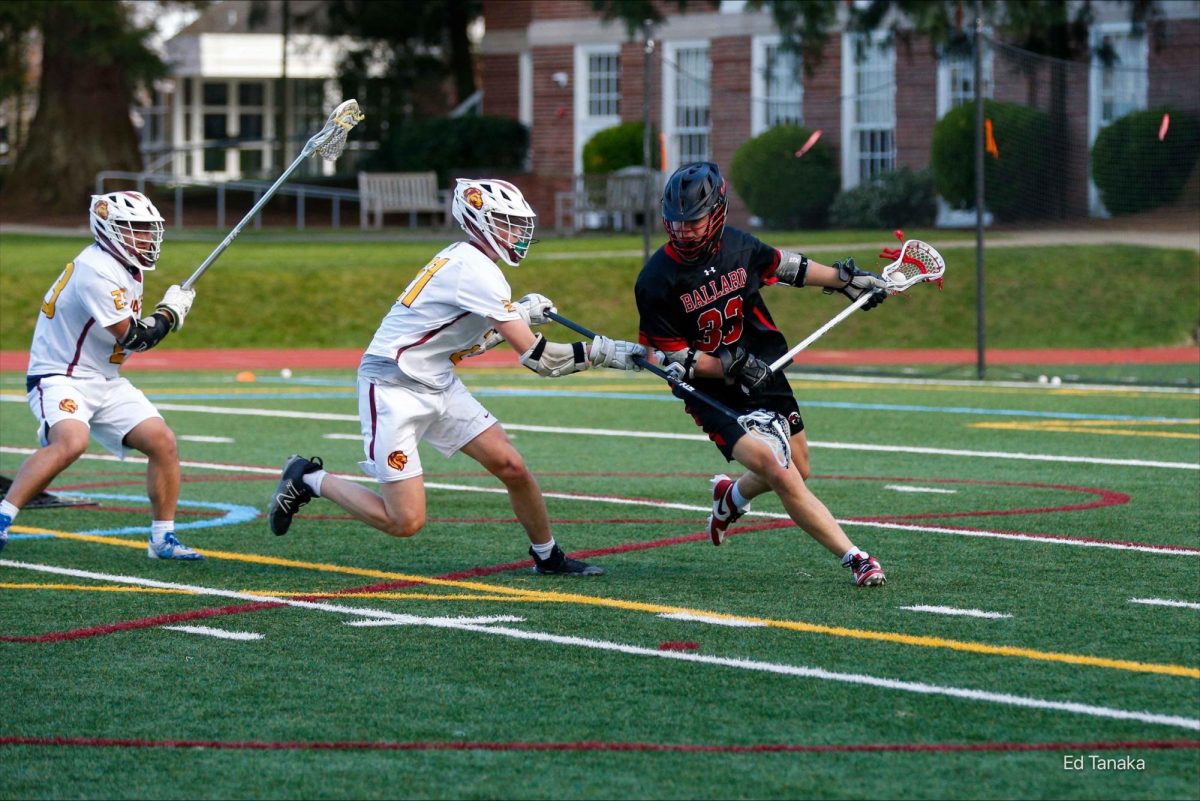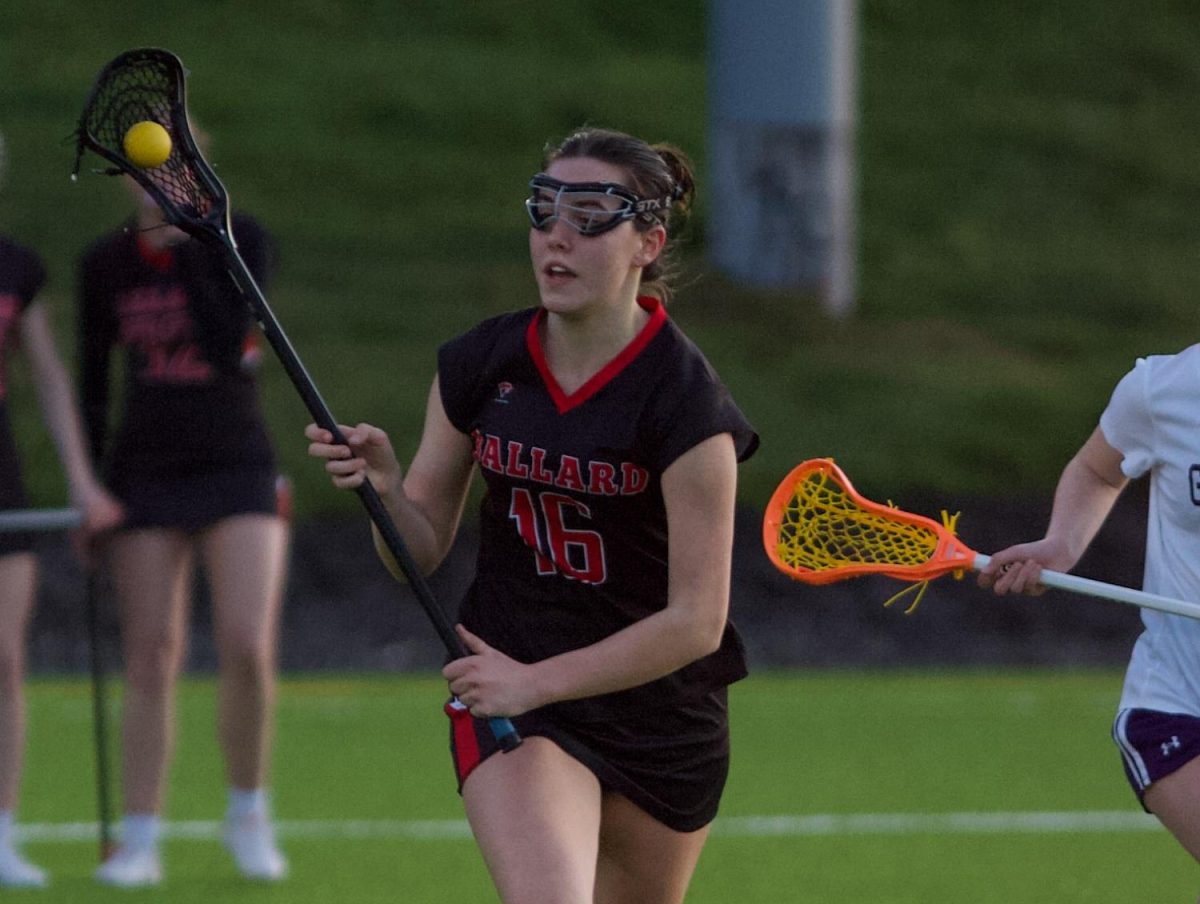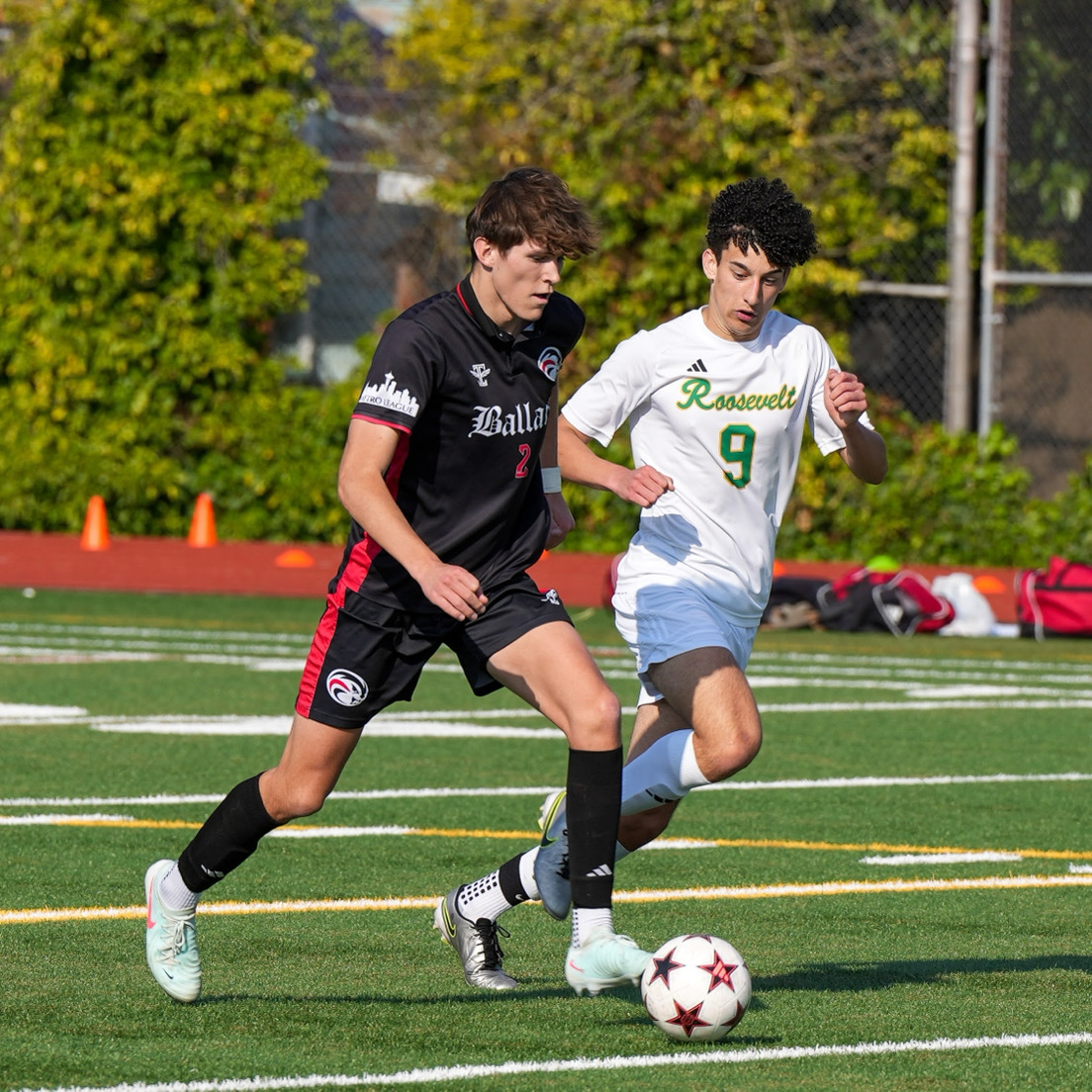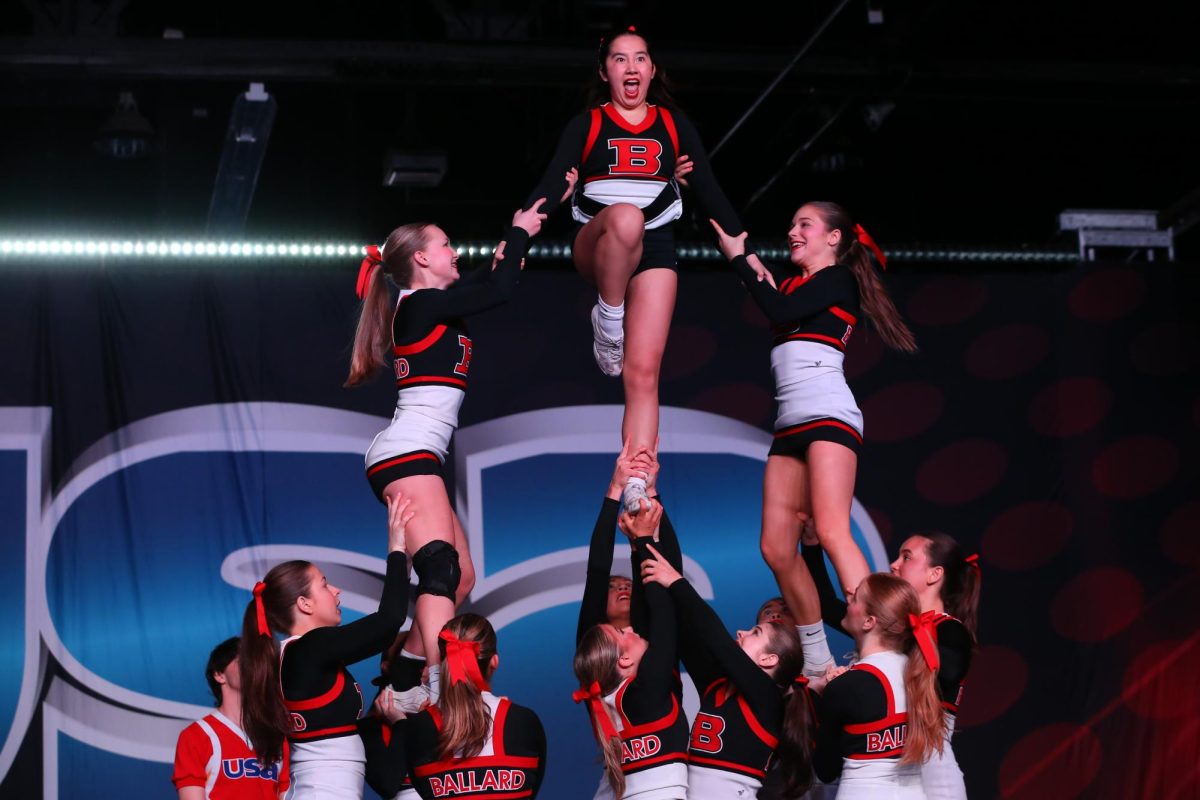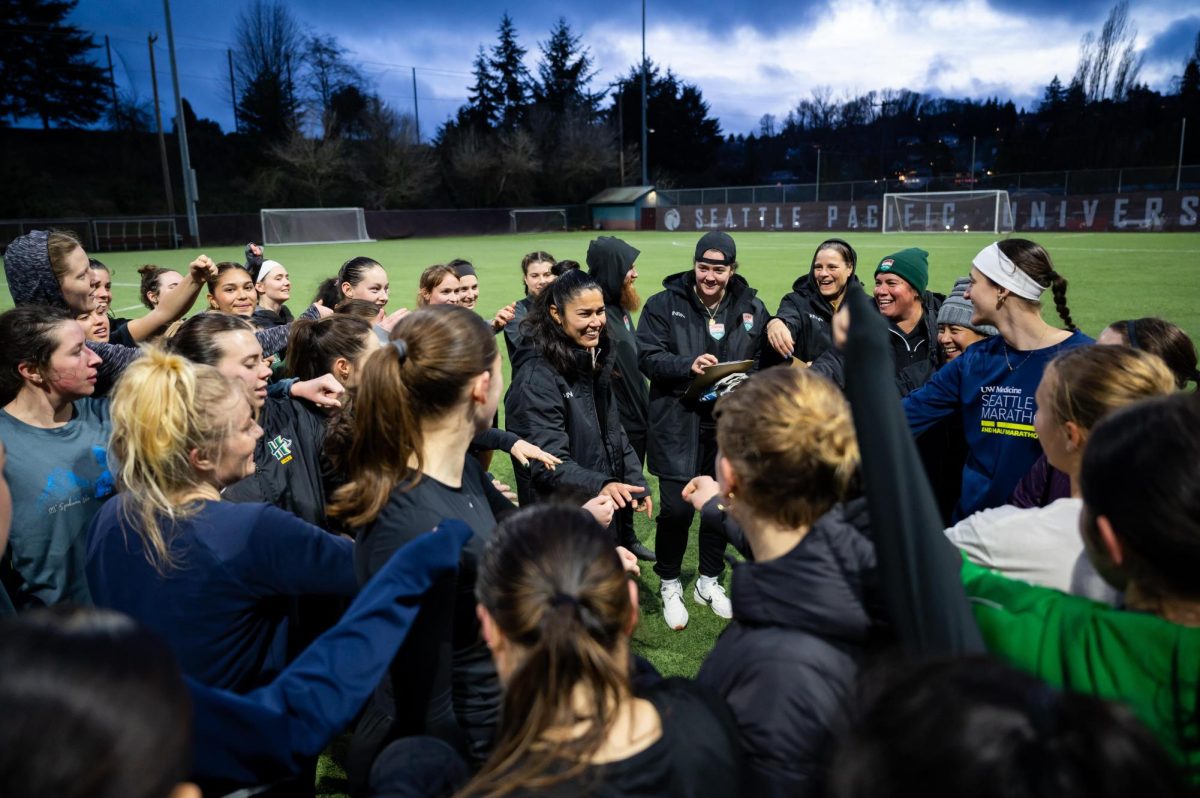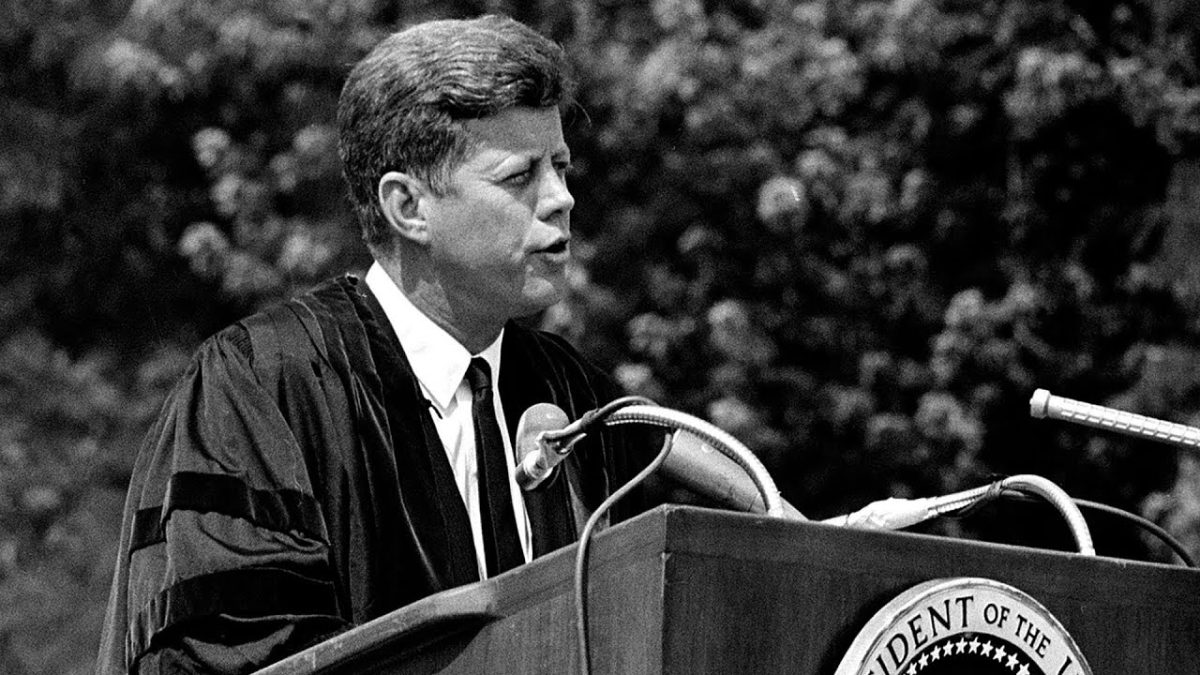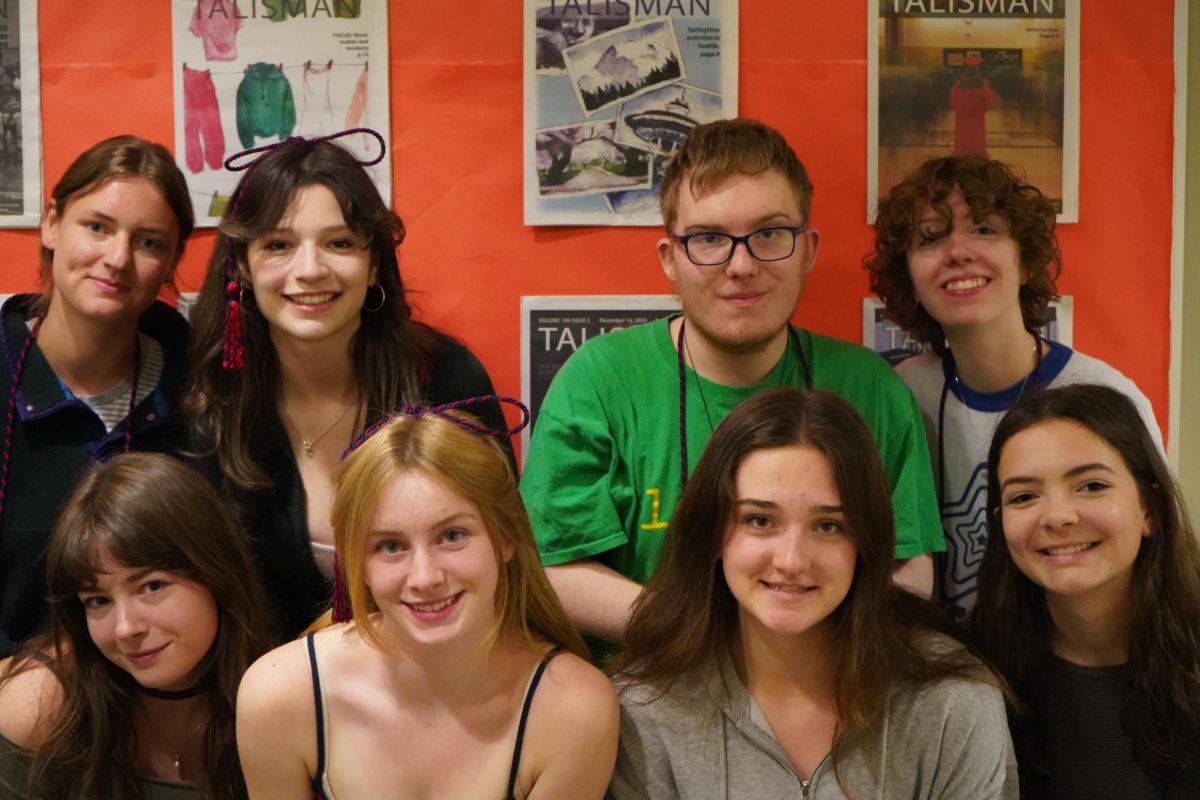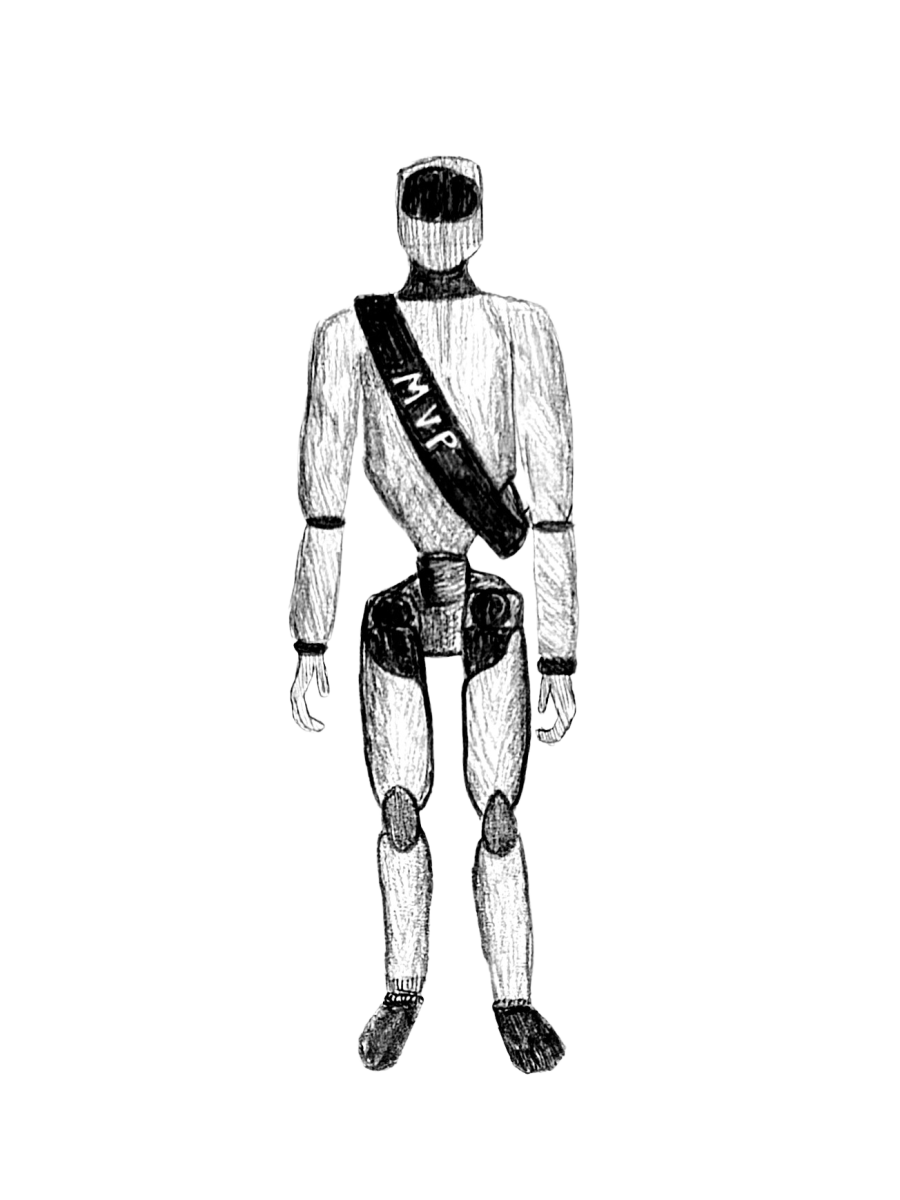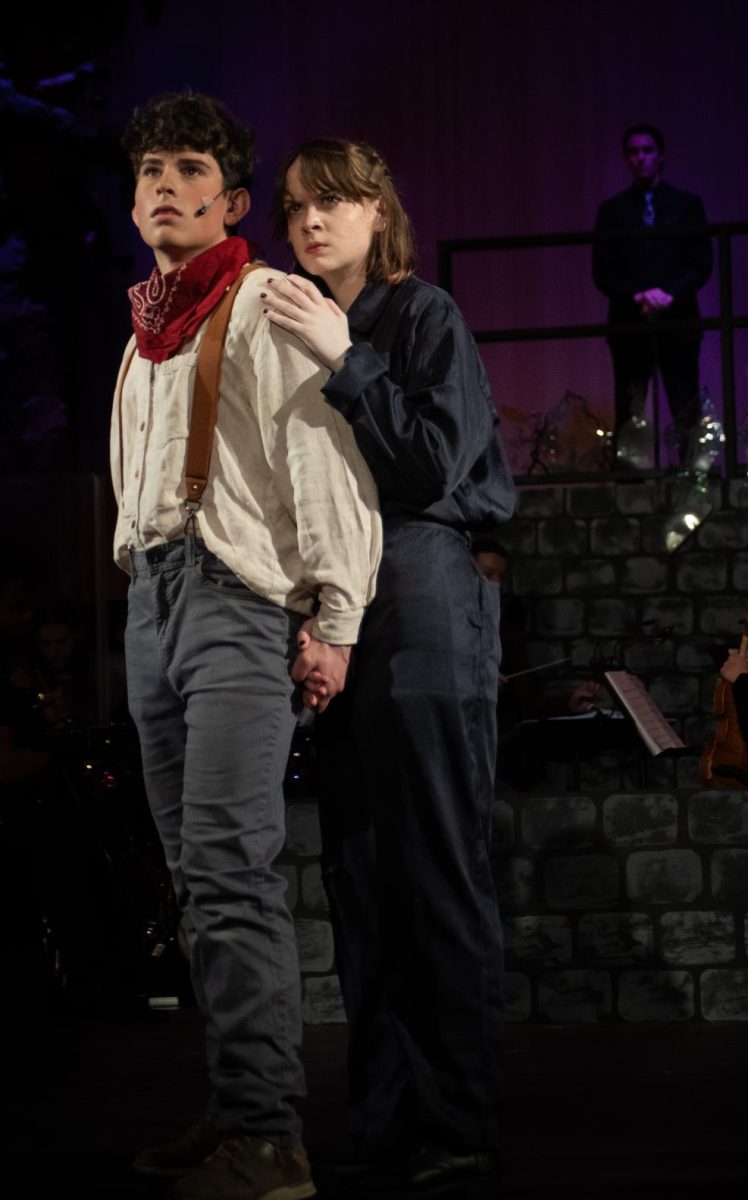According to NPR, respiratory viruses such as COVID-19, influenza and RSV have risen over the holiday break, and so have hospitalizations relating to them. Several hospitals and healthcare facilities in the US have reinstated mask mandates to try to combat the spike.
According to data from the CDC, the levels of respiratory illnesses in many US states are either “high” or “very high.” This increase is due to a combination of factors compounding with each other and causing a severe rise in flu, COVID and RSV all at once, also known as a tripledemic.
Winter is a common season for respiratory viruses to spread. In colder climates especially, it’s the time of the year when people are indoors together the most, leading to a higher likelihood of transmission of illnesses.
“There’s definitely a spike when people tend to be indoors more,” school nurse Beth Guynes said. “In Seattle, we tend to be indoors more often than other areas of the United States.”
According to attendance secretary Alice March, student absences due to COVID post-winter break have more than doubled compared to the rest of the year.
“There’s on average, the whole year, not more than three or four a week with COVID,” March said. “But since break there has probably been as many as 10.”
Because respiratory viruses are transmitted through the air, they spread easily when people are in close contact with each other, like during large gatherings that happen around the holidays. Traveling adds to this as well, as people share space with each other in crowded buses, trains and planes.
“From October on, there’s definitely a correlation between [spikes and] when people are visiting friends and family for holidays,” Guynes said.
School is another place where viruses spread easily. When people are in packed places such as classrooms, bathrooms and hallways together, there’s a greater likelihood of getting sick.
“Mostly, the spikes are after holidays or after an event like [a] dance,” March said.
Furthermore, not many people have been getting vaccinated. According to data from the CDC, less than 50% of adults in the United States have gotten flu shots this winter, and less than 20% have gotten this season’s COVID booster. This has led to more people getting respiratory illnesses and them being more severe.
Although the likelihood of getting a respiratory virus has been high, there’s still many things to do in order to prevent the spread of disease. Guynes recommends staying safe and isolating from others when feeling ill.
“The biggest thing is to be cautious that if you are feeling sick, to not be around other people,” Guynes said. “Testing for COVID, too, when you have cold symptoms.”
False negatives can happen when using at-home tests and occur more frequently when the user has mild symptoms or is asymptomatic.
“Make sure that if you are feeling a little bit sick that you’re wearing a mask,” Guynes said. “Even if you test negative for COVID the first day, a lot of times you don’t convert to positive until another day after.”
The nurse’s office has COVID tests available for anyone who wants to take them, at school or at home. Testing is key for keeping the spread of viruses contained.
“We have so many available [and] they’re free to students,” Guynes said. “They can come and get as many as they want, anytime. We’d like students to be testing so that they can keep the COVID germs at home and not bring them to school.”

